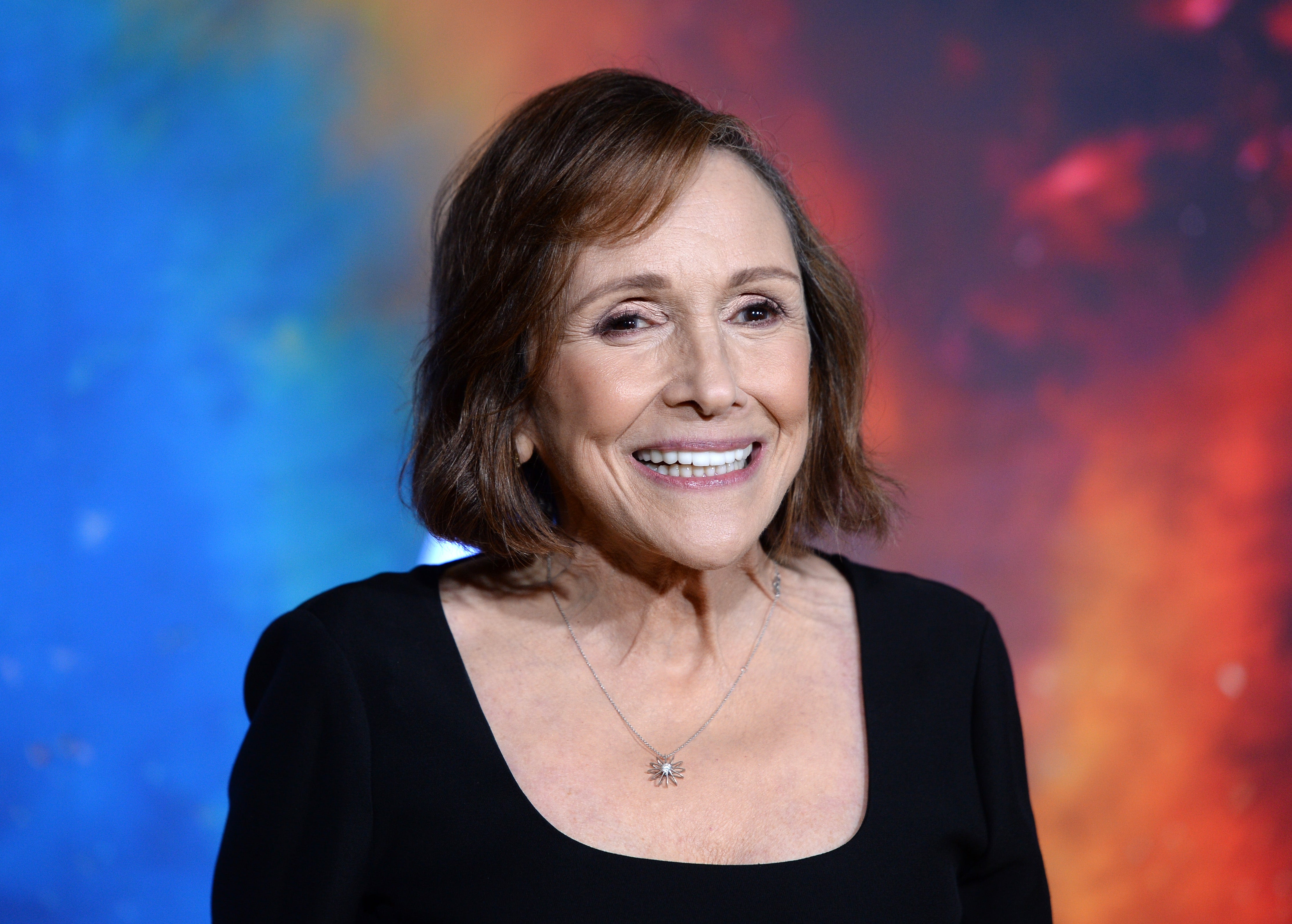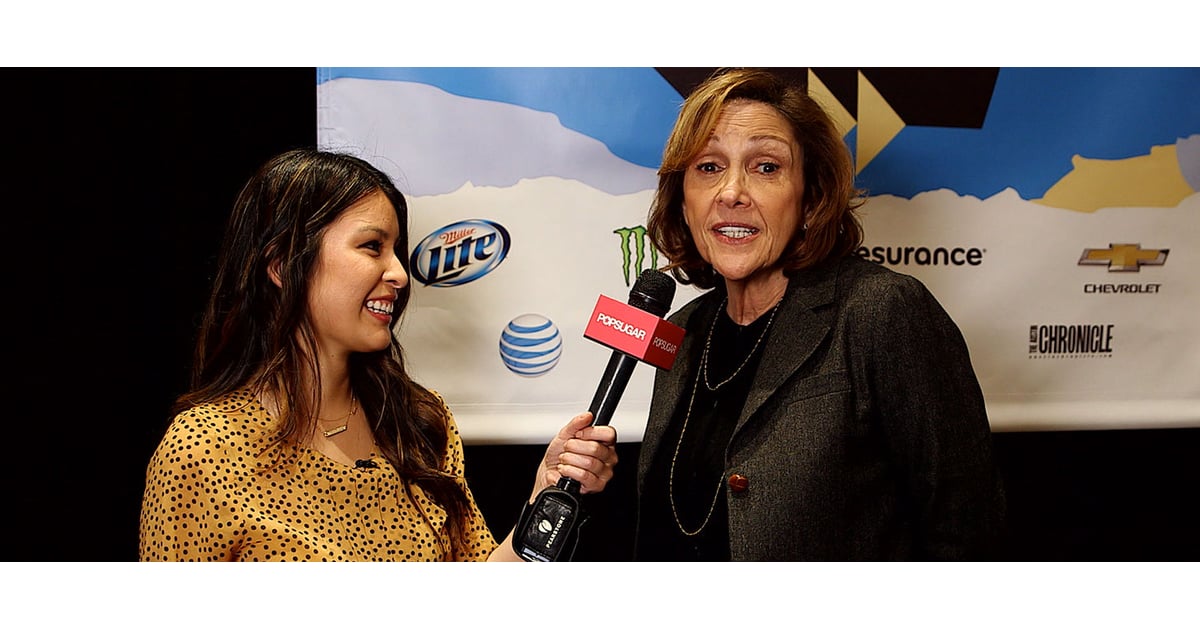

We just felt a kind of evangelical urgency to share the awesome power of science, to convey the spiritual uplift of the universe it reveals, and to amplify the alarms that Carl, Steve, and other scientists were sounding about our impact on the planet. We didn’t know that particular Einstein quote when Carl Sagan and I began writing the original Cosmos with astronomer Steve Soter. Einstein was urging us to tear down the walls around science that have excluded and intimidated so many of us-to translate scientific insights from the technical jargon of its priesthood into the spoken language shared by us all, so that we may take these insights to heart and be changed by a personal encounter with the wonders they reveal. This always has been and always will be the dream of Cosmos. When I discovered Einstein’s rarely quoted words, I found the credo for 40 years of my life’s work. “If science, like art, is to perform its mission truly and fully,” he began, “its achievements must enter not only superficially but with their inner meaning into the consciousness of people.” Those who stood there in the rain to hear him were only a fraction of those who listened to the event on radio. He had just turned 60 and had enjoyed decades of the rarest form of iconic celebrity, a renown based on his discoveries of new physical realities on the grandest possible scale. And so he agreed.Īs the sun was setting, Einstein stepped to the microphone. But he was a true believer in the scientist’s duty to communicate with the public. That wouldn’t possibly be enough time to explain this mysterious phenomenon. He was instructed to keep it to five minutes. It fell to Einstein to explain cosmic rays. Scientists would capture cosmic rays and transmit them to Queens, where they would supply the energy that would turn night into day, flooding with blinding light a new world made possible by science. A wow-but not as mind-blowing as the source of this sudden, unprecedented brilliance. The spectacle promised to be the largest flash of artificial light in technical history, visible for a radius of 40 miles. Albert Einstein was to give brief remarks and flip the switch that would illuminate the fair. But on that night they had come to hear the greatest scientific genius since Isaac Newton.

For the first time, people saw these things that would change their lives. There were television sets, calculating machines, and a robot. “World of Tomorrow” was the theme of this art deco land of promise. A downpour at sunset couldn’t discourage the 200,000 people who had gathered for the opening ceremony of the 1939 New York World’s Fair. It was a rainy night when the future became a place, one you could visit. This story appears in the March 2020 issue of National Geographic magazine.


 0 kommentar(er)
0 kommentar(er)
